Taking into account all the criticism and advice in the first article, I decided to power the LED strips in the fixtures from a specialized driver. The Mean Well LDH-45B-350 driver was chosen as the driver . This driver can be supplied with a wide voltage range from 18 to 32 volts. For power supply, I purchased a block from the same company as the Mean Well LRS-100-24 drivers themselves .
A small digression.
I will say that I was a little disappointed in these power supplies, and the drivers, the reputable company thought, everything should be so to speak in beauty and work flawlessly, but in reality everything turned out to be completely different. I bought the blocks in the online store Chip and Deep, I thought that there would be no problems, a solid store, a solid company, everything should work perfectly for many years. But in fact, I received the first bell when I was going to power the LED strips with a constant stabilized voltage using 2 minvel power supplies connected in series LRS-50-24 and LRS-50-36 .
Even then, I noticed that these blocks hum at a certain PWM frequency. That is, I did the adjustment of the brightness of the tape using a PWM and a field-effect transistor IRF520N... I thought maybe I calculated something wrong, I put the wrong transistor and the problem is in my PWM, which somehow affects the block and makes it squeak. But it turned out not a fig like that, when later I connected the above LED driver to one unit, namely to the LRS-50-24 , at a certain brightness this unit still began to beep. Then I decided to buy a 100-watt more powerful unit, now it seems to have stopped beeping or beeping with these drivers, but much quieter than a 50-watt one. In general, I want to warn everyone and advise you to buy more powerful blocks, with a double or even triple power reserve. I might even buy and install a 150 watt unit LRS-150-24... Although my 3 LED lights consume a total of 60 watts. But the block will have to be bought with more than double the margin, so that it does not squeak and buzz. And as already said, both of my 50-watt units squeak at both 24 volts and 36 volts. That is, it is unlikely that I got one out of a thousand that was buzzing. But the 100-watt one does not seem to be buzzing, or buzzing, but much quieter. In general, even if it buzzes, then this level of buzz suits me, unlike 50-watt ones, they buzz quite strongly.
. , 2 , 1 . , . , 2 , , - , , , , , ( ) 4 , . , , , , , , , , , . , , , , , . , , , . , , . , , , .
. 10$ ? 1/12 ! 1 ! , , , , 3 3 , 2 , , , 3 , . , . , 220 . , , 10$. , .
. :
1) ( ) Mean Well ( );
2) 6 1 , ;
3) 1 30 , , , , . 30 !
, .
LED
LDH-45B-350 :


() 186 76 :
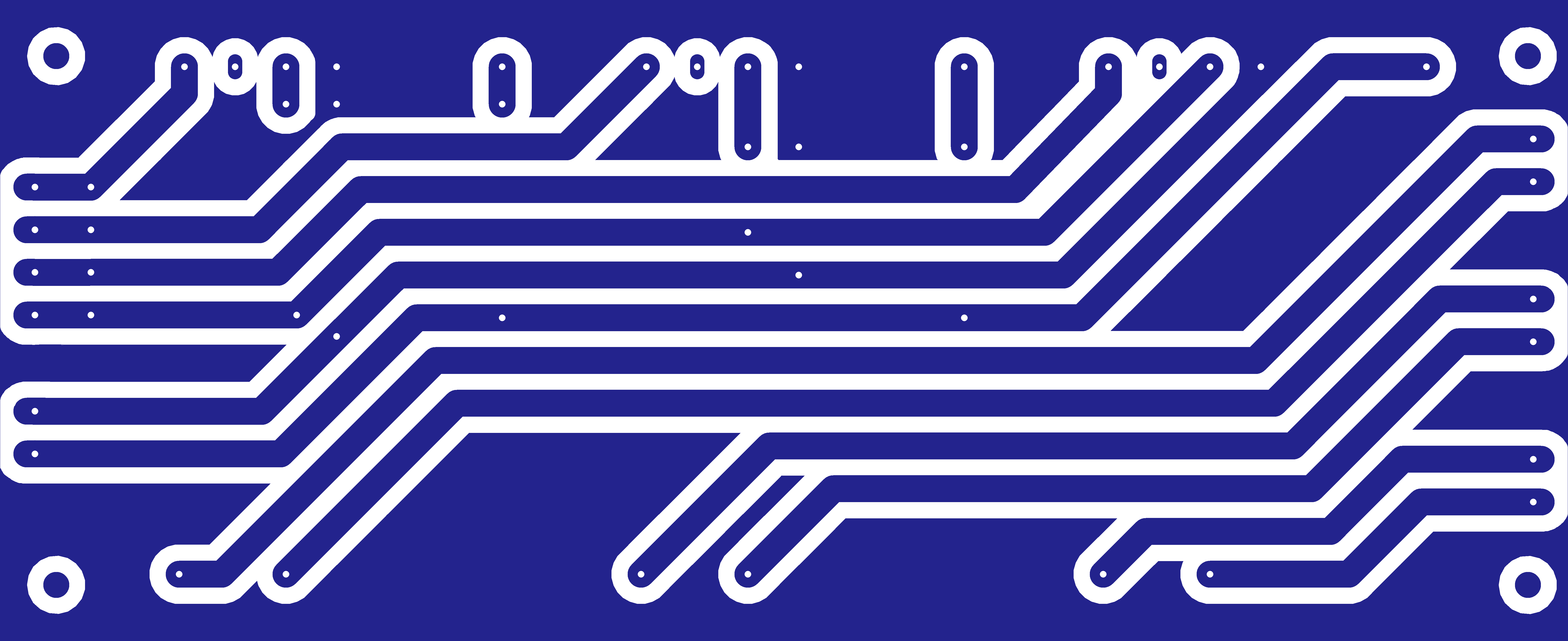
:
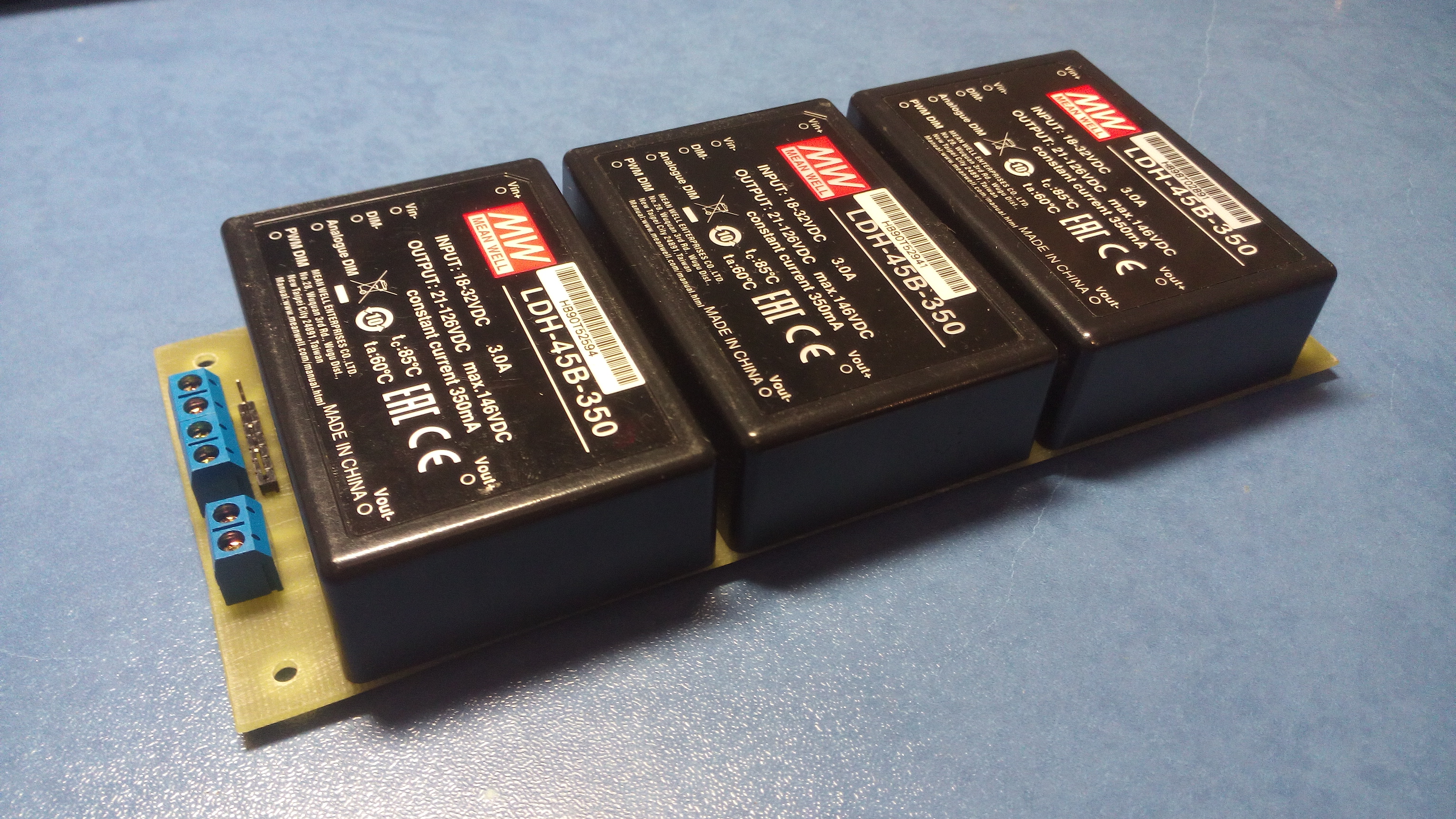
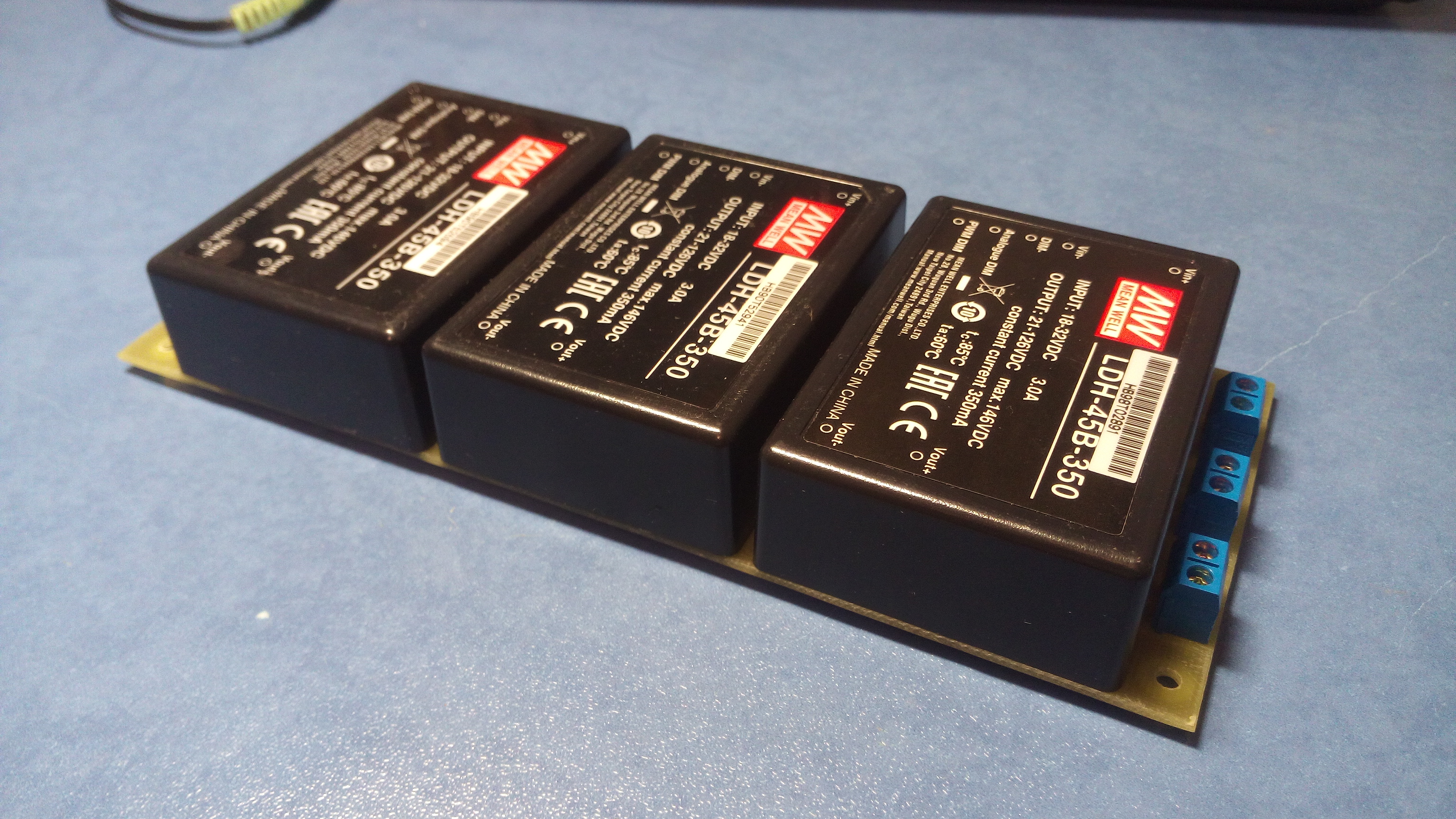
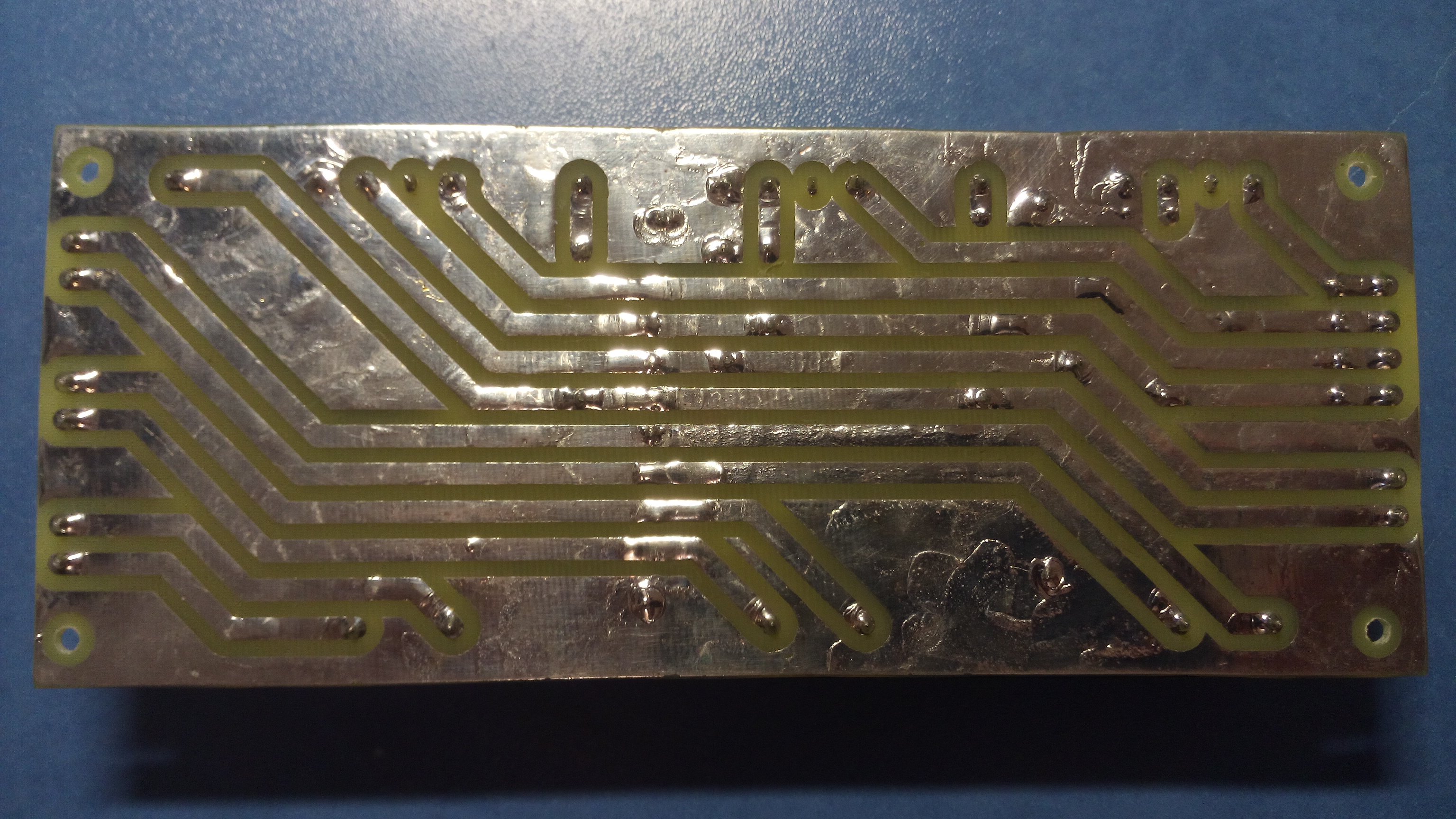
128 . , PWM DIM , 10 DIM -. , , , / , , . , . , / , . . / , , . 1 , , , .
. , :

:
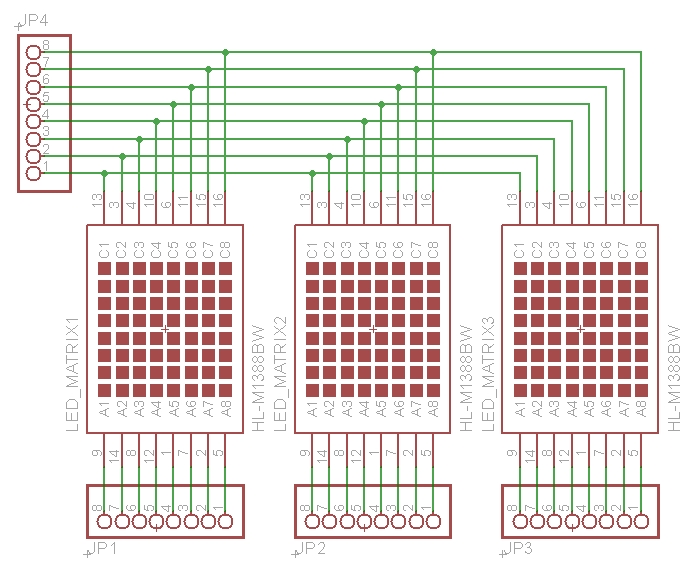

() 105 62 :

:
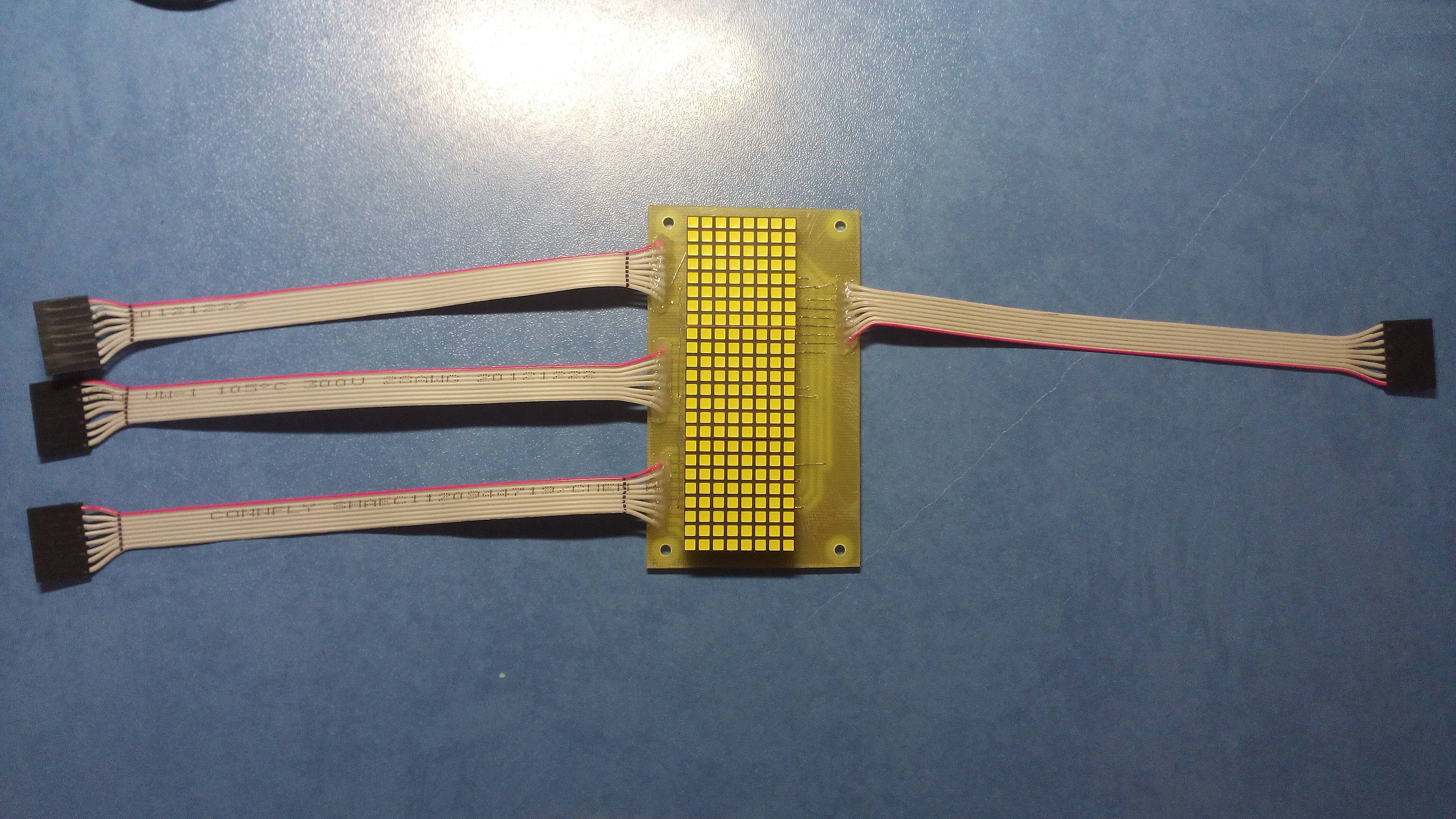

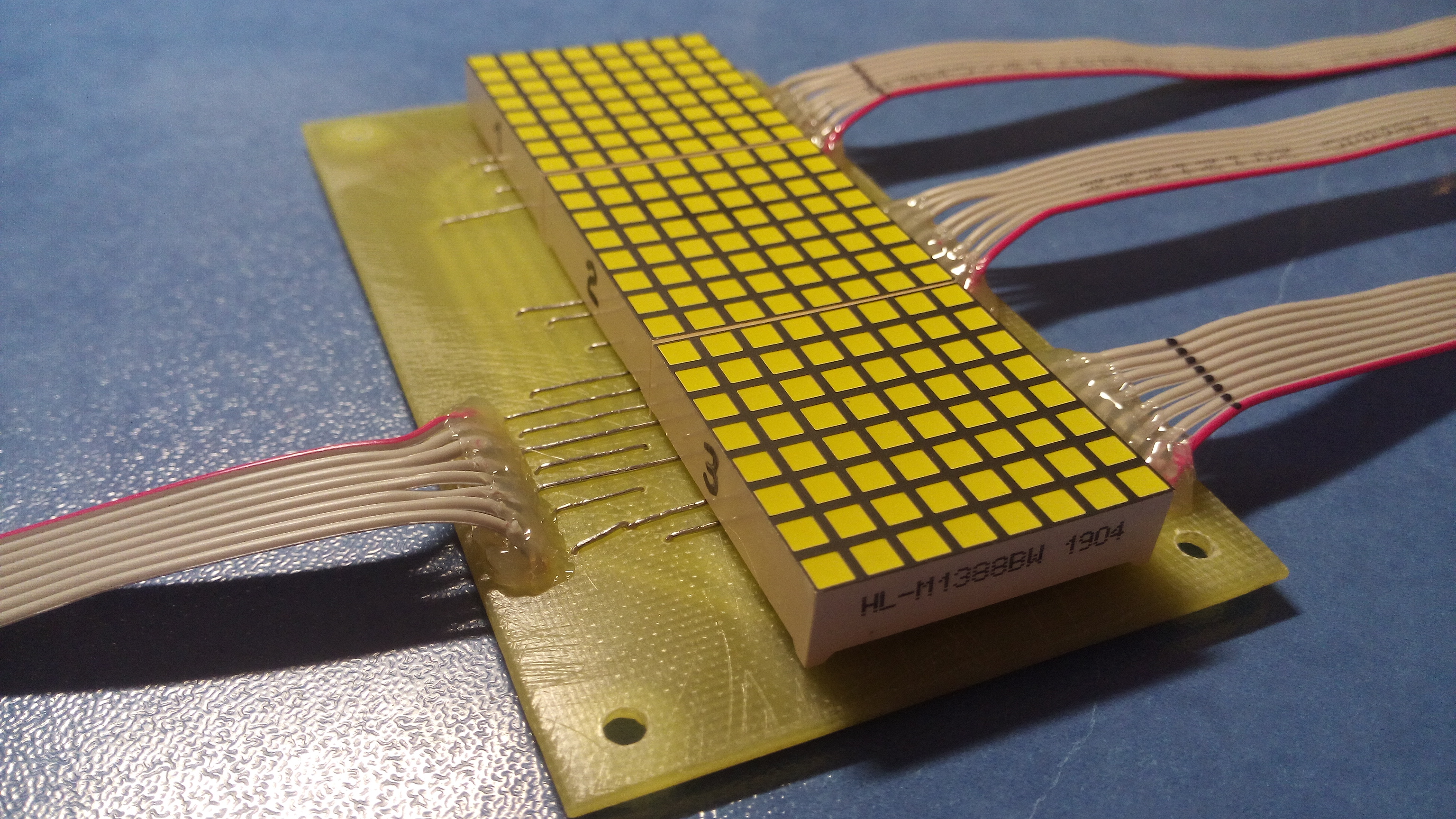
, .
:
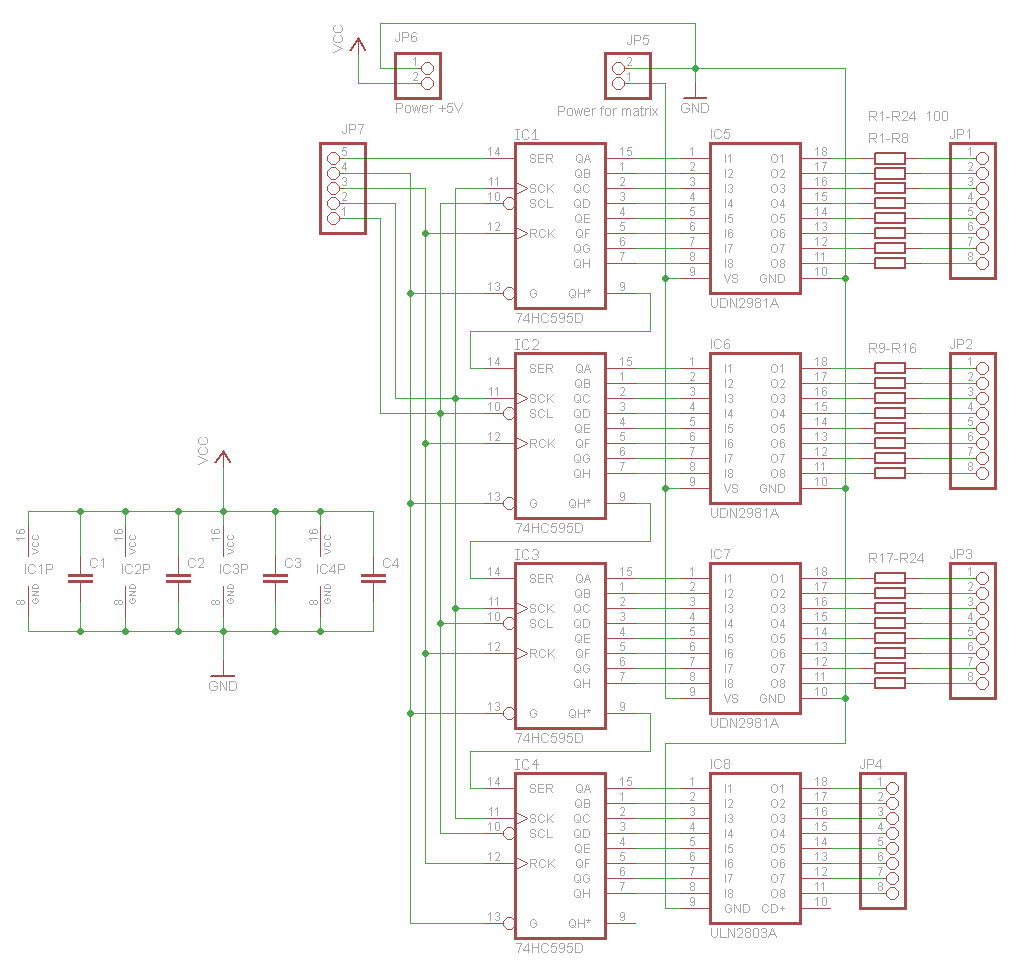
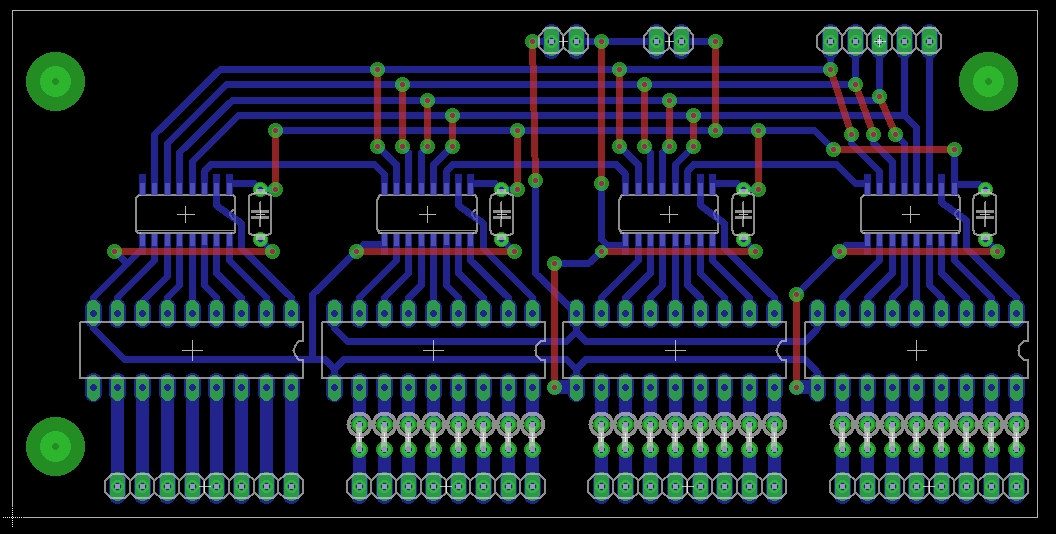
() , 105 52 :
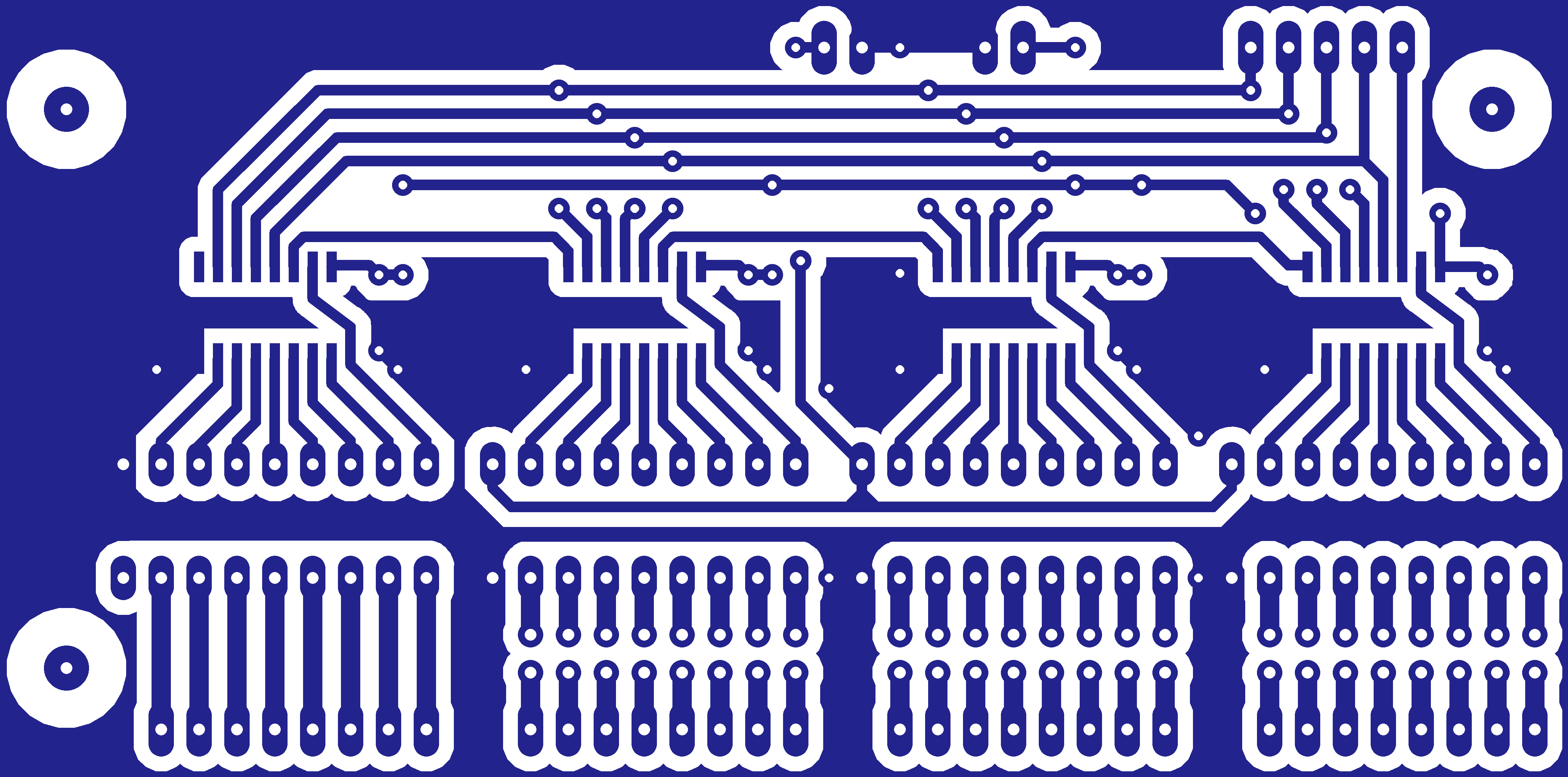
:
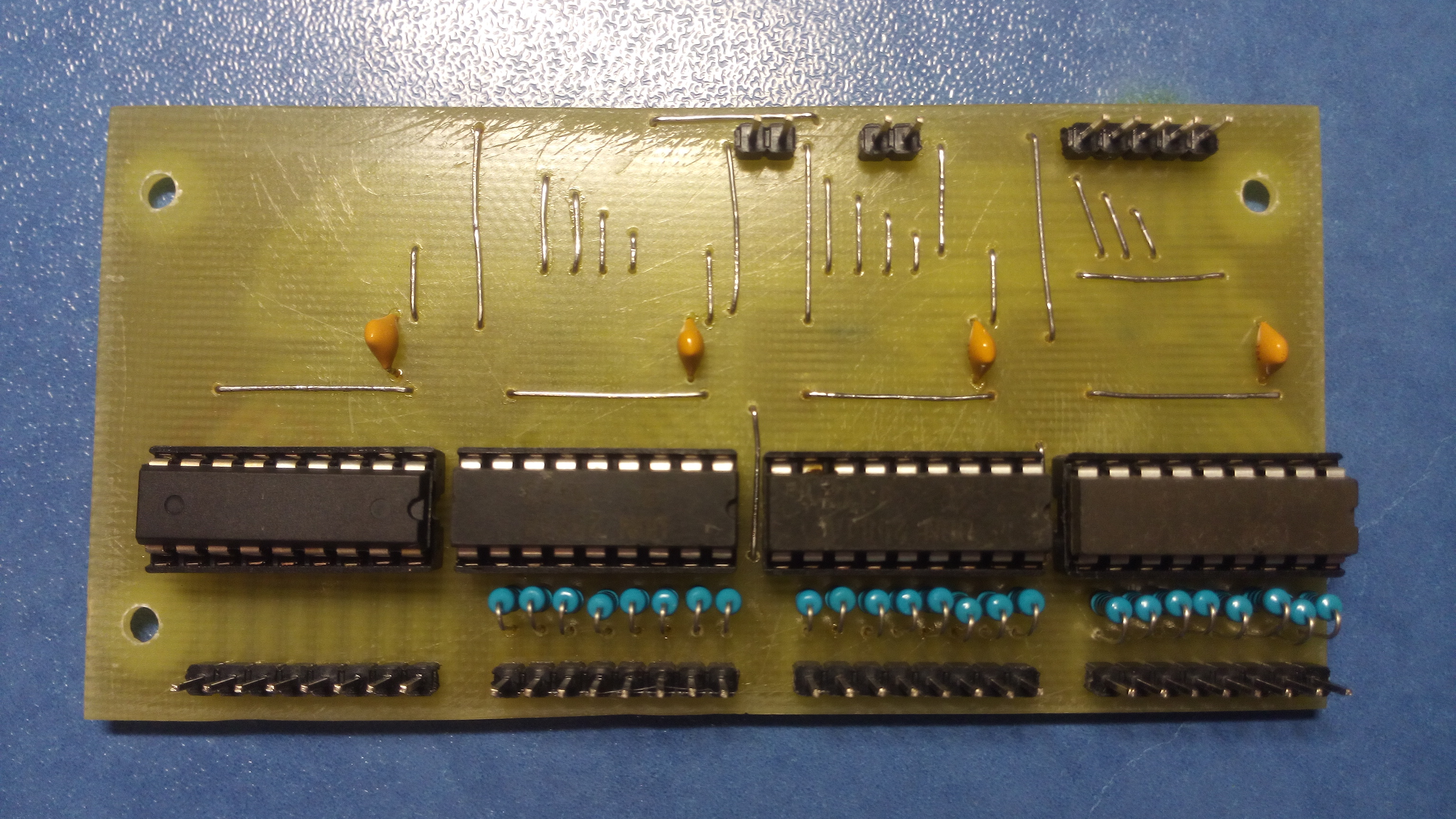
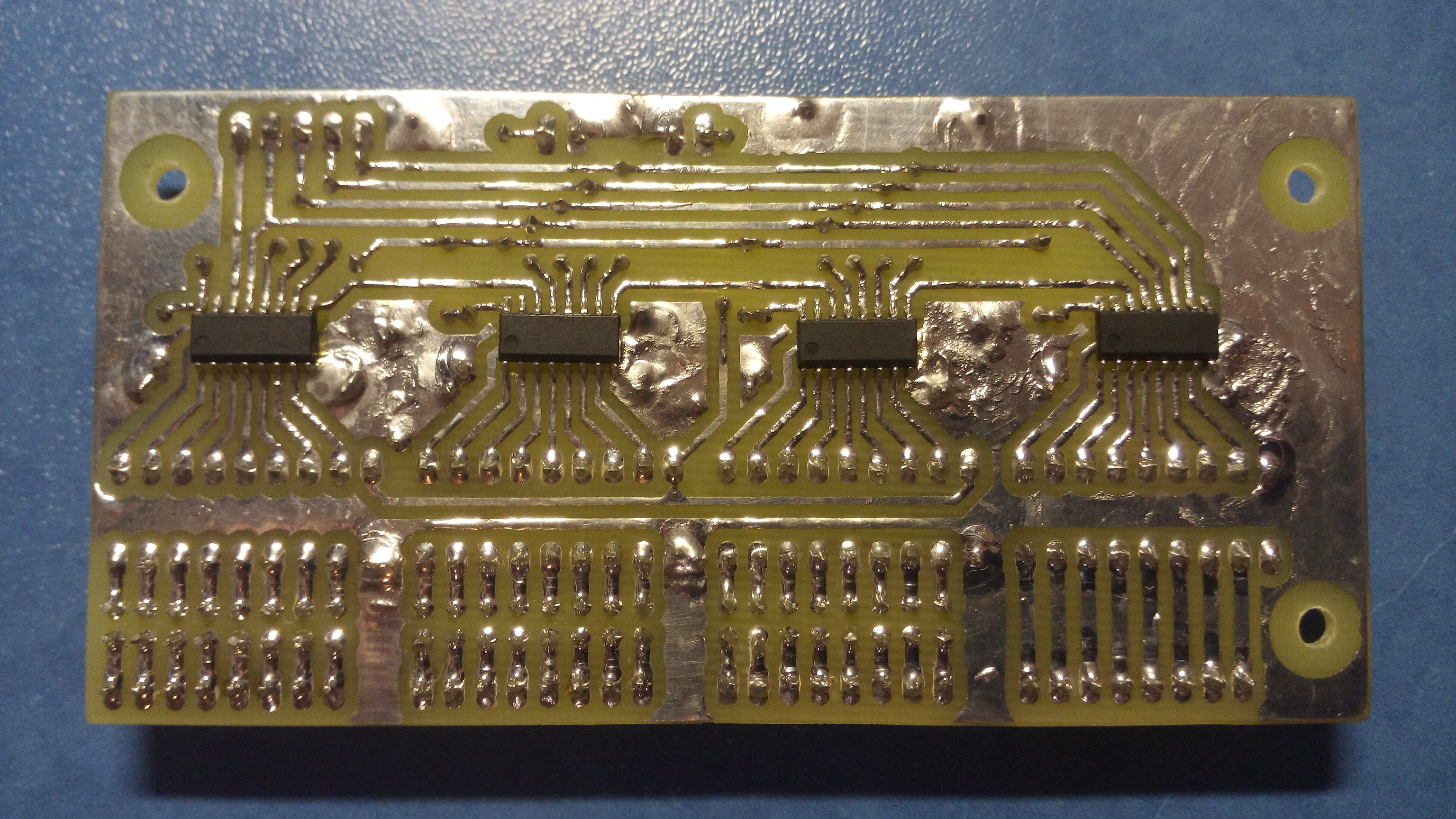
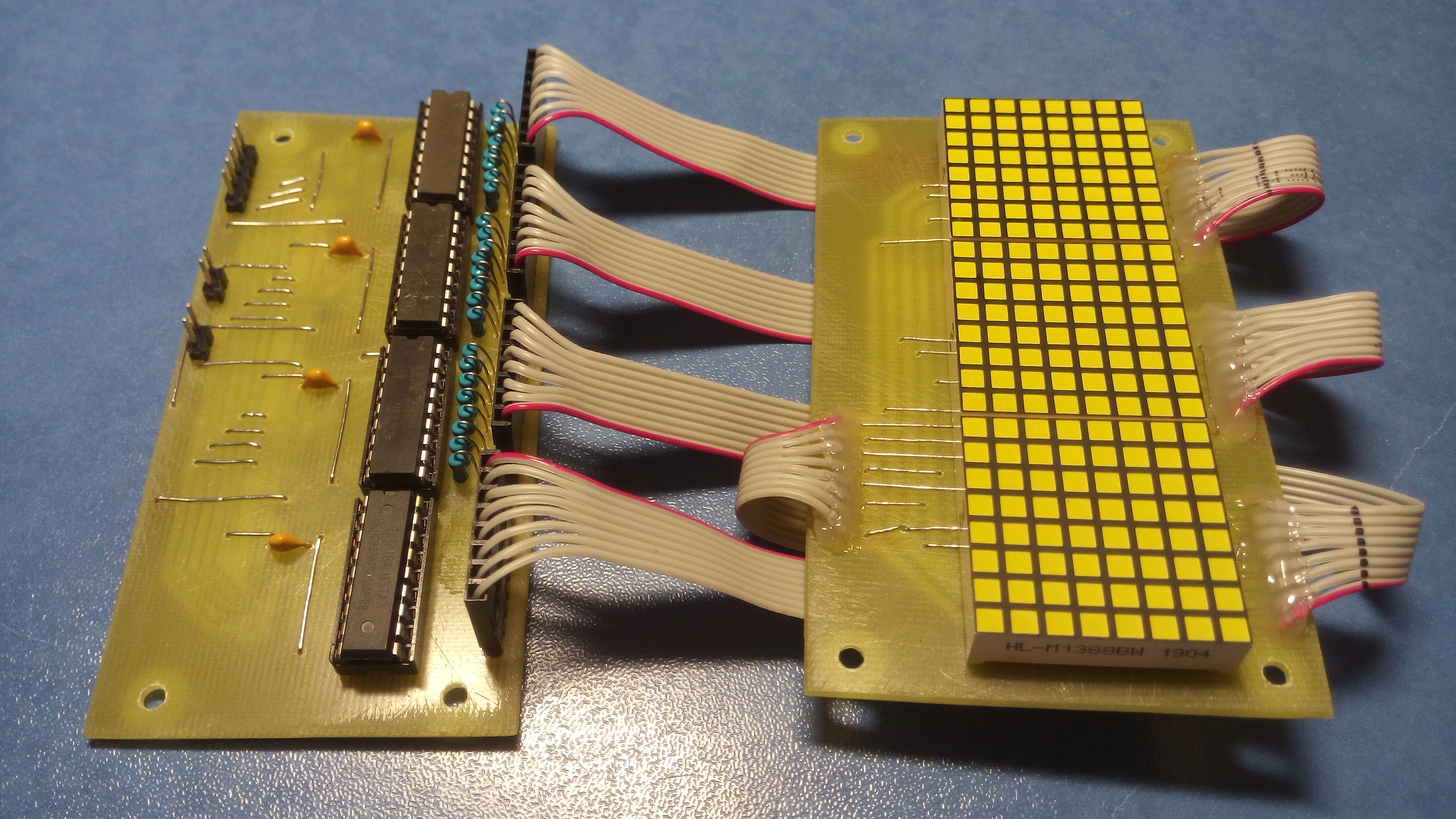
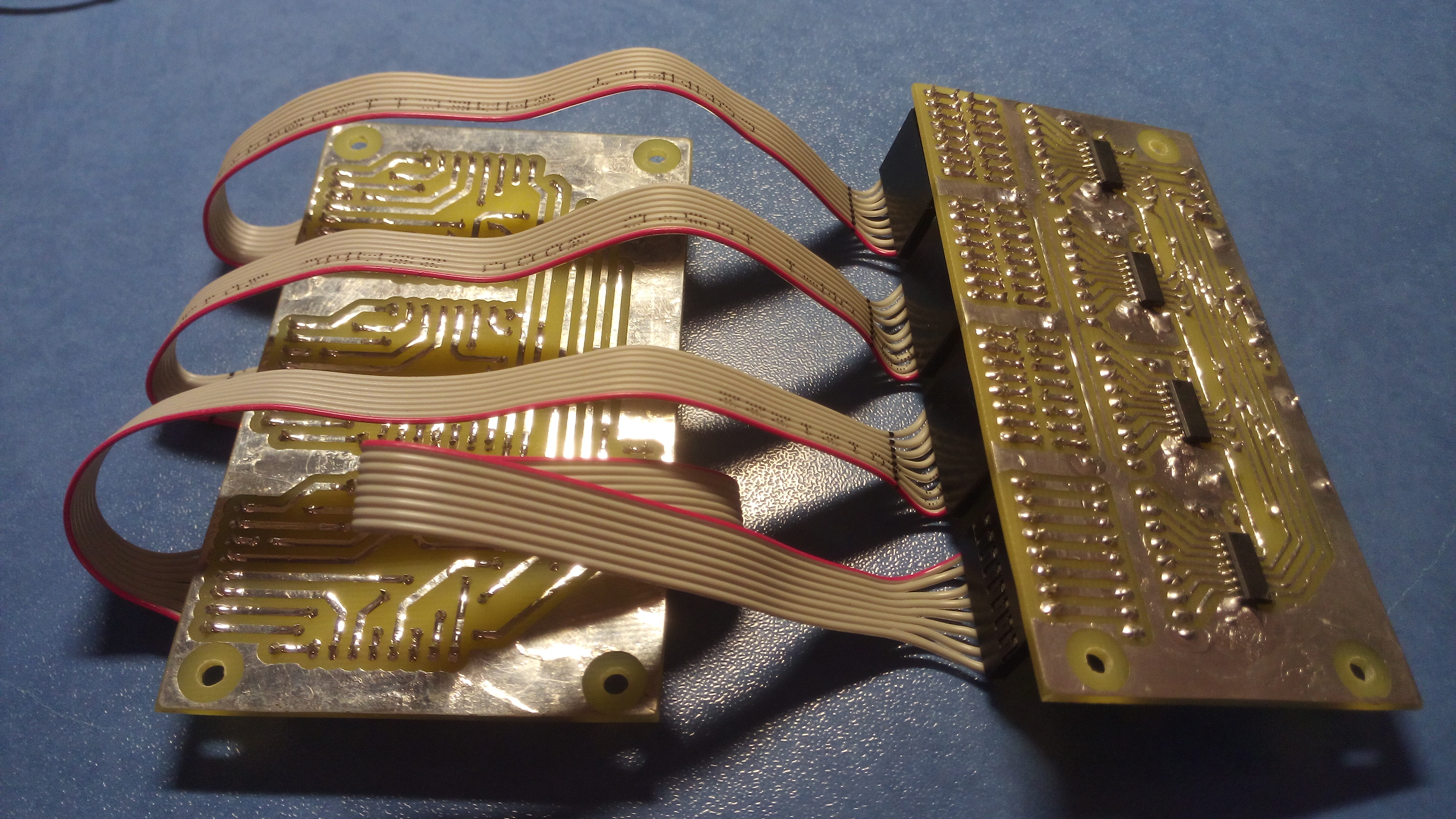
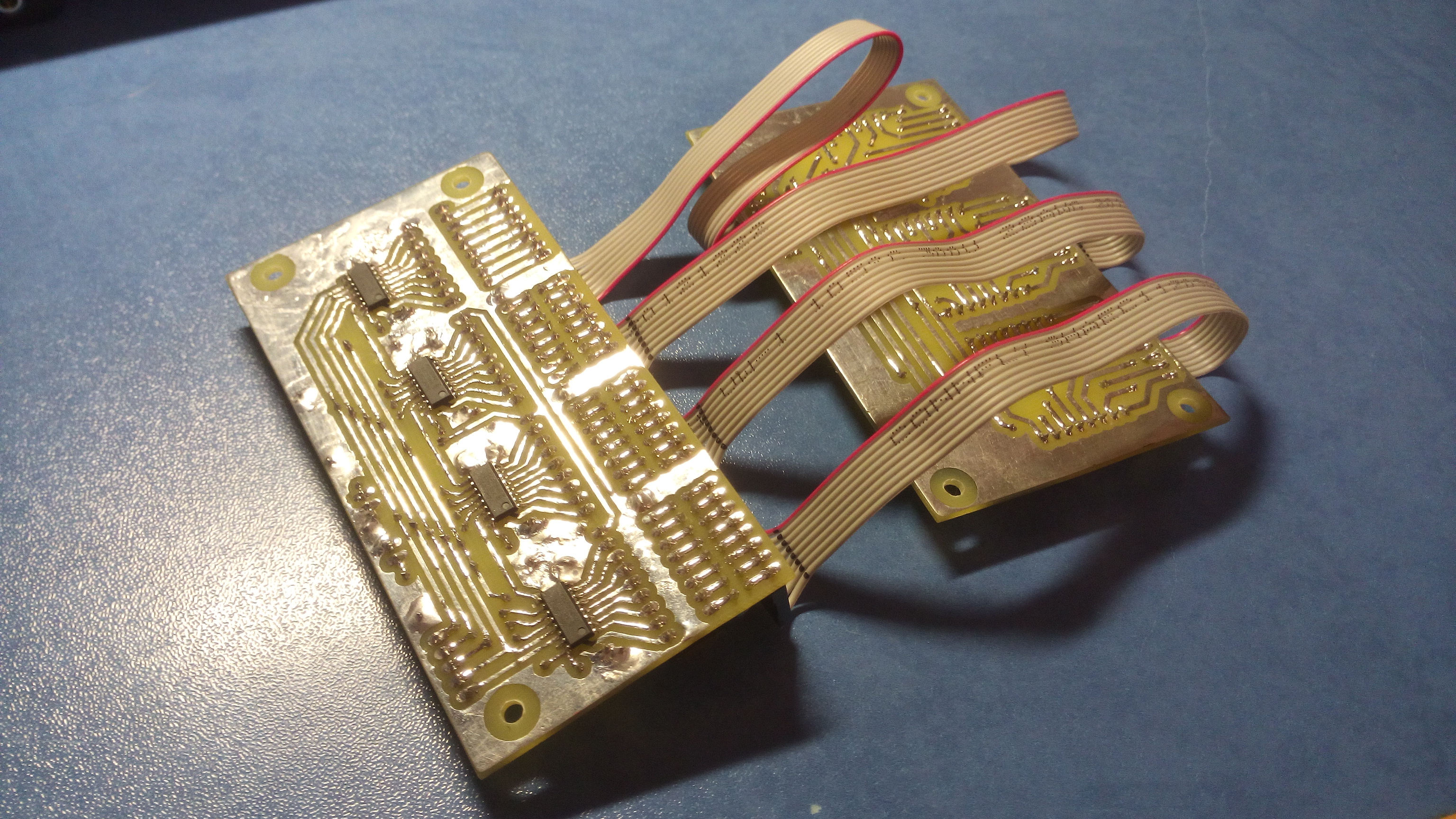
Since my display consists of 3 matrices, and each matrix is 8 by 8 dots, the total length of the display is 24 columns. The maximum number of characters on the screen 4, it will glow when 100% . Therefore, each character will occupy 6 columns (5 columns for the character itself + an empty column to separate characters from each other).
As many have understood from the video, the brightness control will be stepped in 5% steps. It will be changed by the encoder. There will be a total of 20 fixed brightness values from 0 to 100%.
It remains to put it all together and you're done!